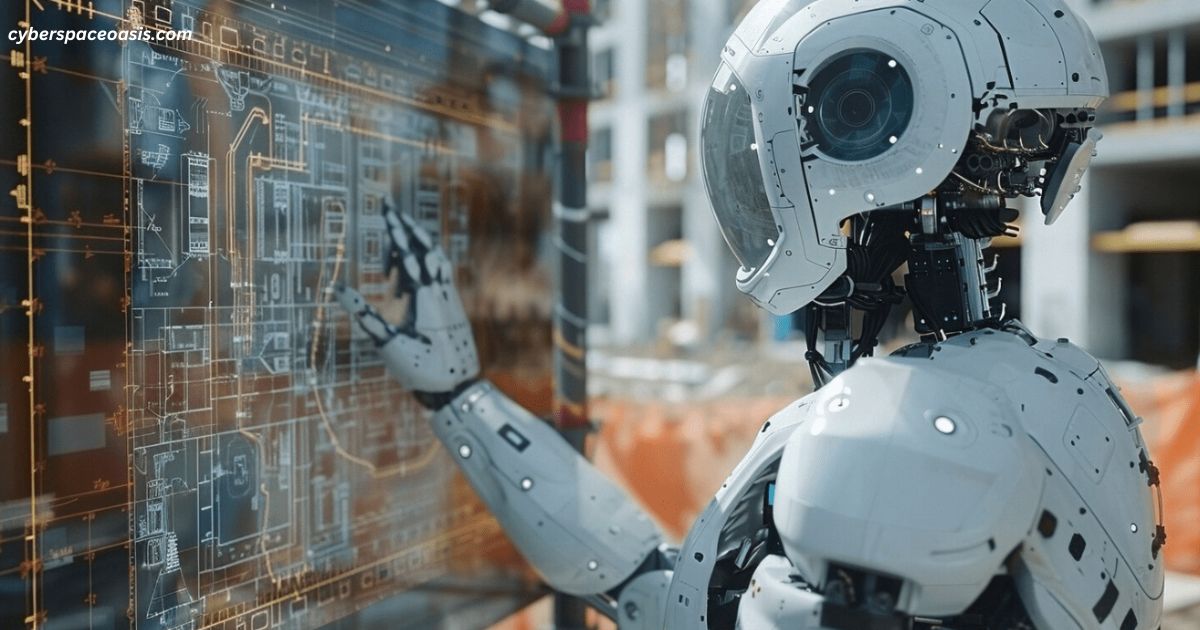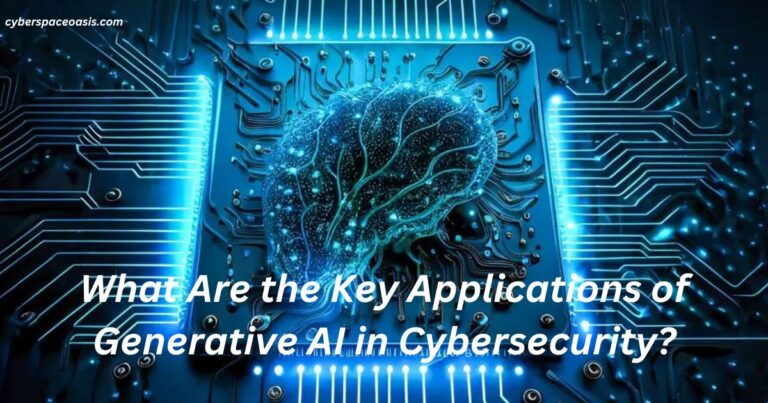
In an era where cyber threats are evolving at an unparalleled pace, conventional cybersecurity tools often struggle to maintain up.
Enter generative AI, a transformative era that now not handiest reshapes industries however is likewise rising as a important ally within the fight towards cybercrime.
By leveraging advanced device learning models, generative AI is redefining how corporations stumble on, prevent, and reply to cybersecurity threats.
The Basics of Generative AI in Cybersecurity
Generative AI, at its middle, refers to algorithms capable of developing new facts or content based totally on patterns in present facts.
While its packages are famous in artwork, language technology, and layout, its role in cybersecurity is gaining traction.
Generative AI fashions like GPT and GANs (Generative Adversarial Networks) analyze large datasets, stumble on anomalies, and expect ability vulnerabilities—all at speeds and scales not possible by human analysts.
How Generative AI Enhances Threat Detection
Anomaly Detection: Cybersecurity regularly hinges on identifying unusual patterns. Generative AI excels at this by way of modeling regular behavior in a community and flagging deviations. For instance, if a person generally logs in from a selected vicinity but all at once logs in from a exceptional us of a with unusual interest, generative AI can enhance an alert.
Threat Hunting: Generative AI assists protection teams in proactively figuring out hidden threats. By simulating potential attack situations, it may uncover vulnerabilities before they may be exploited, giving groups a strategic advantage.
Phishing and Malware Detection: Traditional detection tools depend on predefined signatures, making them useless against new or changed attacks. Generative AI, however, identifies subtle patterns in emails, URLs, or files to locate phishing attempts or malware, even if they may be crafted to keep away from traditional defenses.
Automated Incident Response: Generative AI can generate precise incident reviews and advocate response strategies. By reading assault vectors, it offers actionable insights to mitigate harm and prevent recurrence.
Challenges and Ethical Concerns
Despite its capacity, the mixing of generative AI in cybersecurity comes with challenges.
One good sized challenge is the possibility of adversaries using the same era to create sophisticated attacks, which includes deepfake phishing campaigns or undetectable malware.
Additionally, the reliance on AI-generated selections raises questions about accountability and transparency.
To cope with these concerns, agencies need to make sure strong oversight and ethical AI deployment. Clear recommendations, normal audits, and collaboration with cybersecurity experts are essential to harness the blessings of generative AI responsibly.
The Future of Cybersecurity with Generative AI
As cyber threats become more advanced, the reliance on generative AI in cybersecurity will continue to grow.
Innovations in AI explainability, actual-time hazard intelligence, and adaptive gaining knowledge of promise to make generative AI an critical tool for corporations global.
However, the important thing to fulfillment lies in a balanced method.
While generative AI enhances detection and reaction abilities, it must complement, now not replace, human knowledge.
Together, AI and human ingenuity can create a formidable protection in opposition to the ever-evolving cyber chance landscape.
Generative AI is not only a futuristic concept in cybersecurity; it is a realistic and powerful device that redefines hazard detection and response.
By embracing its capabilities while addressing its demanding situations, companies can live ahead of cybercriminals and guard their virtual property in an increasingly more interconnected international.




